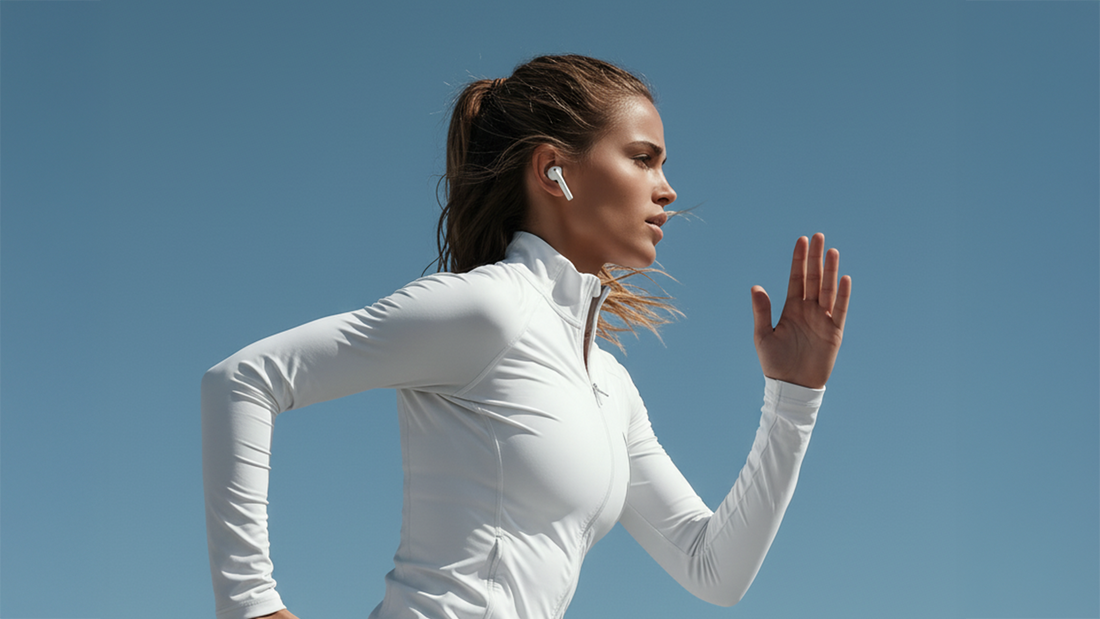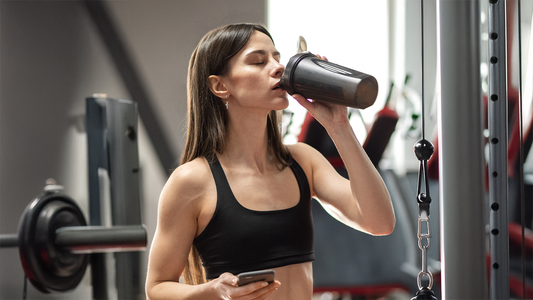If you could measure your potential in a single number, it would be VO₂max.
This metric doesn’t just describe fitness, it defines how efficiently your body can convert oxygen into motion, and ultimately, how far and fast you can go.
🩸 What Exactly Is VO₂max?
VO₂max stands for “maximal oxygen uptake.”
It’s the maximum amount of oxygen (in milliliters) your body can use per kilogram of body weight per minute.
In simpler terms:
It measures how big and efficient your engine is — your heart, lungs, blood vessels, and muscles working together to sustain effort.
- Average adult: 35–45 ml/kg/min
- Trained athlete: 55–65 ml/kg/min
- Elite endurance performer: 70–90+ ml/kg/min
This isn’t just trivia. A high VO₂max means your body can extract, transport, and use oxygen more efficiently, and that means more energy with less fatigue.
⚙️ Why VO₂max Matters
1. It Sets Your Performance Ceiling
No matter how strong your legs or lungs feel, your VO₂max limits how much oxygen your body can actually process.
A low value means you’ll fatigue earlier, your heart, lungs, or muscles can’t keep up with demand.
2. It Controls Recovery
Athletes with higher VO₂max levels clear lactate faster and restore ATP (cellular energy) more efficiently.
The result? Less burn, quicker bounce-back, and higher training volume without breaking down.
3. It Decides Who Lasts When It Hurts
When two athletes go head-to-head, the one who can use more oxygen per minute will sustain a higher pace for longer.
VO₂max is the difference between keeping up and dropping off.
🔥 How to Improve Your VO₂max
1. Zone 2 Training — Build the Foundation
This is the long, steady work that teaches your body to become an oxygen-processing machine.
Zone 2 (about 60–70% of your max HR) increases mitochondrial density and capillary networks, improving fat metabolism and endurance capacity.
Think long rides, base runs, or easy tempo sessions where you can still hold a conversation.
2. VO₂ Intervals — Push the Ceiling
Short, near-max efforts (2–5 minutes) at ~90–100% of your max HR force your cardiovascular system to adapt.
These sessions increase stroke volume (how much blood your heart pumps per beat) and oxygen uptake at the muscle level.
Example: 5 x 4-min hard efforts with equal rest.
3. Strength & Hills — Boost Efficiency
Building force and neuromuscular coordination allows your muscles to do more work with less oxygen.
Hill sprints, gym strength sessions, or low-cadence power intervals teach the body to move economically.
📊 How to Measure VO₂max
1. Smartwatch Estimate
Garmin, COROS, and Polar estimate VO₂max from pace, heart rate, and HR variability.
It’s not perfectly accurate, but it gives consistent trends if you test under similar conditions.
2. Lab Test (Gold Standard)
A treadmill or cycling test with a breathing mask measures your real oxygen intake and CO₂ output.
It reveals exact VO₂max, ventilatory thresholds, and fuel utilization ratios — the most precise data possible.
3. Field Test
Simple tests like a 1.5-mile run, 5-minute all-out cycling effort, or Cooper test provide solid estimates.
Repeat every 6–8 weeks under similar conditions to track real progress.
🧬 The Science of Adaptation
Your VO₂max improves through mitochondrial biogenesis, your body literally builds new “energy factories” inside muscle cells.
Each endurance session teaches the system to deliver and utilize oxygen more effectively, slowly expanding your engine size.
But adaptation takes time, usually 8–12 weeks of structured training to see noticeable changes.
🧠 The Takeaway
VO₂max isn’t about chasing numbers.
It’s about understanding how your body works — and training it to work smarter, not just harder.
Whether you’re cycling, running, or racing triathlon, your oxygen capacity defines how long you can stay in the fight.
Track it. Train it. Raise your ceiling.



